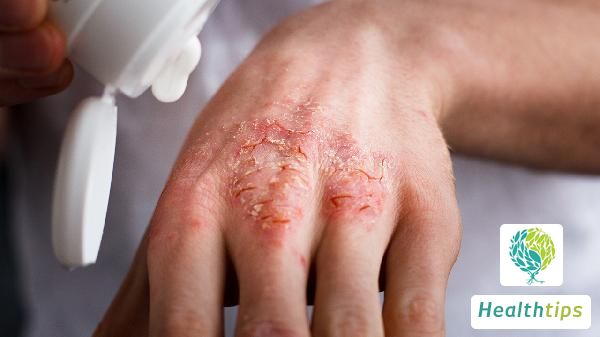"How is Early-Stage Peripheral Lung Cancer Treated?"
Early Peripheral Lung Cancer Treatment Options
For early-stage peripheral lung cancer, the primary treatment approaches encompass surgery, radiation therapy, and chemotherapy. Each method and its indications will be elaborated upon below.

1. Surgery
Surgery is one of the primary treatments for early-stage peripheral lung cancer. Surgeons select the appropriate surgical approach based on factors such as the tumor's location and size, as well as the patient's age and physical condition. Common surgical procedures include lobectomy and pneumonectomy. The advantage of surgery lies in its ability to eradicate cancer cells comprehensively and provide pathological diagnosis results to guide subsequent treatments. However, surgery also carries risks and complications, such as bleeding and infection.
2. Radiation Therapy
Radiation therapy is a non-invasive treatment that utilizes high-energy radiation to destroy cancer cells. It is suitable for patients who cannot tolerate surgery or experience recurrence or metastasis post-surgery. Radiation therapy can be divided into external beam radiation therapy (EBRT) and brachytherapy. EBRT employs external machines to deliver radiation, suitable for most early-stage peripheral lung cancers. Brachytherapy, on the other hand, involves precisely targeting specific areas, such as the brain or lymph nodes.
3. Chemotherapy
Chemotherapy refers to the systemic administration of chemical drugs to kill cancer cells. It is often combined with surgery or radiation therapy to enhance cure rates and prolong survival. Common chemotherapy regimens include platinum-based doublet chemotherapy and single-agent chemotherapy. Chemotherapy can cause numerous side effects, including nausea, vomiting, and hair loss. In selecting a treatment plan, multiple factors must be considered, including tumor stage, the patient's overall health, and the extent of the disease.
In clinical practice, a combination of multiple treatment modalities is often employed to achieve optimal outcomes. Regular follow-ups are also crucial to promptly identify and address any potential issues.



















